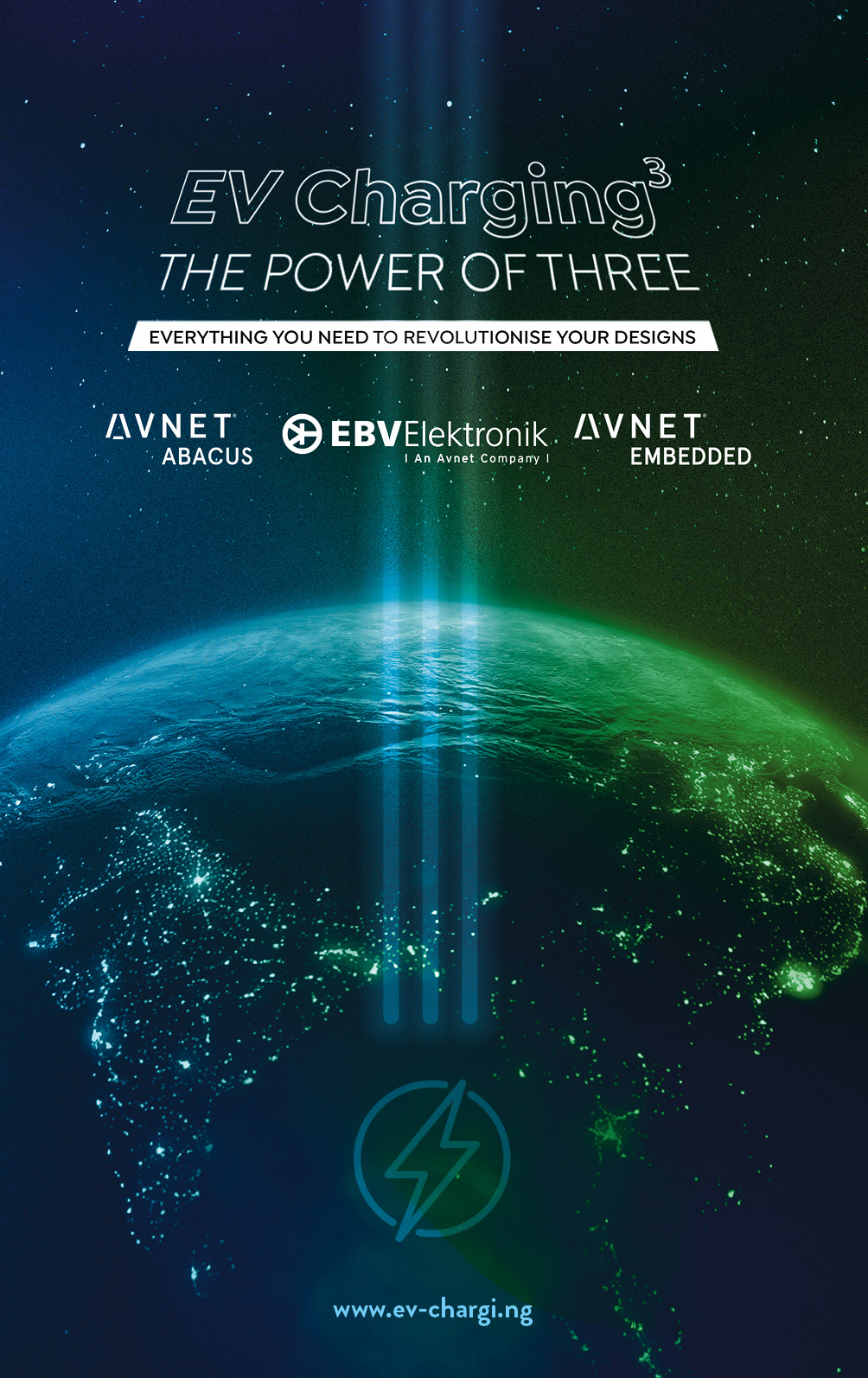Electric vehicles are shaping the mobility of the future, but they are not as new as you might think. Their history stretches as far back as the 19th century. For a short while, electric cars dominated road traffic much more than petrol cars.
Five years before the first Benz motorcar was on the road in 1886, the first proper electric vehicle was already being driven: for the first International Exposition of Electricity in Paris in 1881, Frenchman Gustave Trouvé built a tricycle powered by electricity.
It managed a top speed of twelve km/h and had a range of 26 kilometres. This was the beginning of a real boom in development – in many countries electric vehicles were suddenly being built.
What was probably the first real electric passenger vehicle with four wheels was developed in Germany in 1888. The vehicle from the Maschinenfabrik A.
Flocken in Coburg may have still looked more like a carriage, but it was already capable of going 15 km/h, had pneumatic tyres and electric headlights.
Just eleven years later, the Belgian racing driver Camille became the first to go 100 km/h: equipped with two 25-kW electric motors, the torpedo-shaped racing car achieved a speed of 105.88 km/h.
Battery technology was also developing alongside this, and ranges of over 100 km were not uncommon at the time.
This marked the start of a veritable boom in electric vehicles: at the start of the 20th century, there were over 60,000 battery-powered cars in the USA alone.
Their market share was 38 per cent, significantly higher than that of petrol vehicles (22 per cent). At the time, electric vehicles were being produced by every industrialised nation, and by 1939 there were 565 brands worldwide building electric cars.
It was first in 1911 that petrol vehicles began to replace electric ones, as it was at that time that the American Charles Kettering invented an electric starter motor for the petrol engine.
This meant that petrol vehicles no longer had to be cranked up (something which required a great deal of effort), and so they became suitable for everyday life.
Since petrol vehicles were faster and cheaper and fuel became more readily available wherever it was needed, vehicles with internal combustion engines ultimately overtook electric cars.



